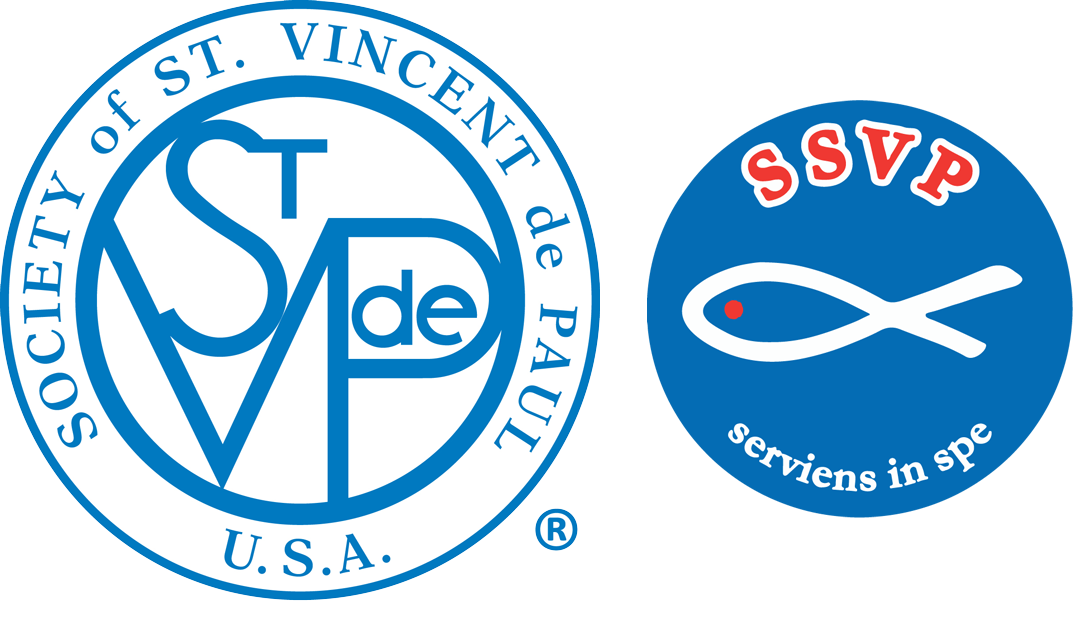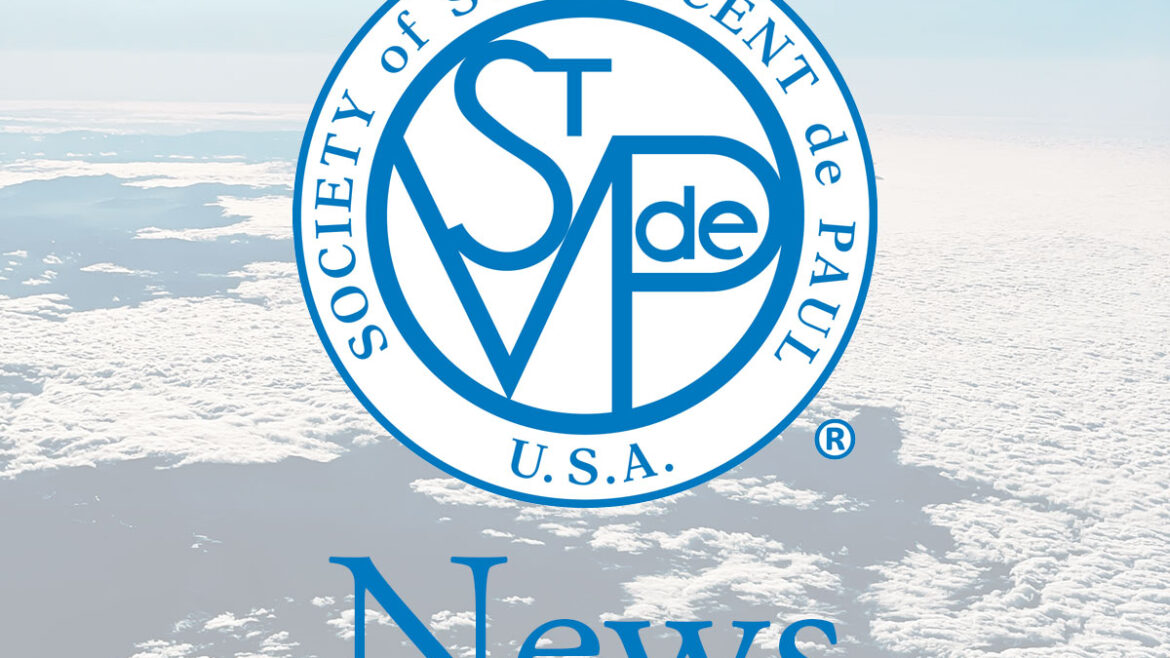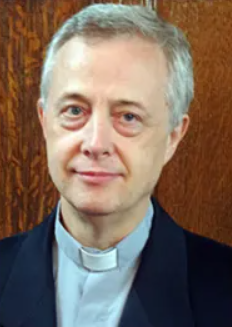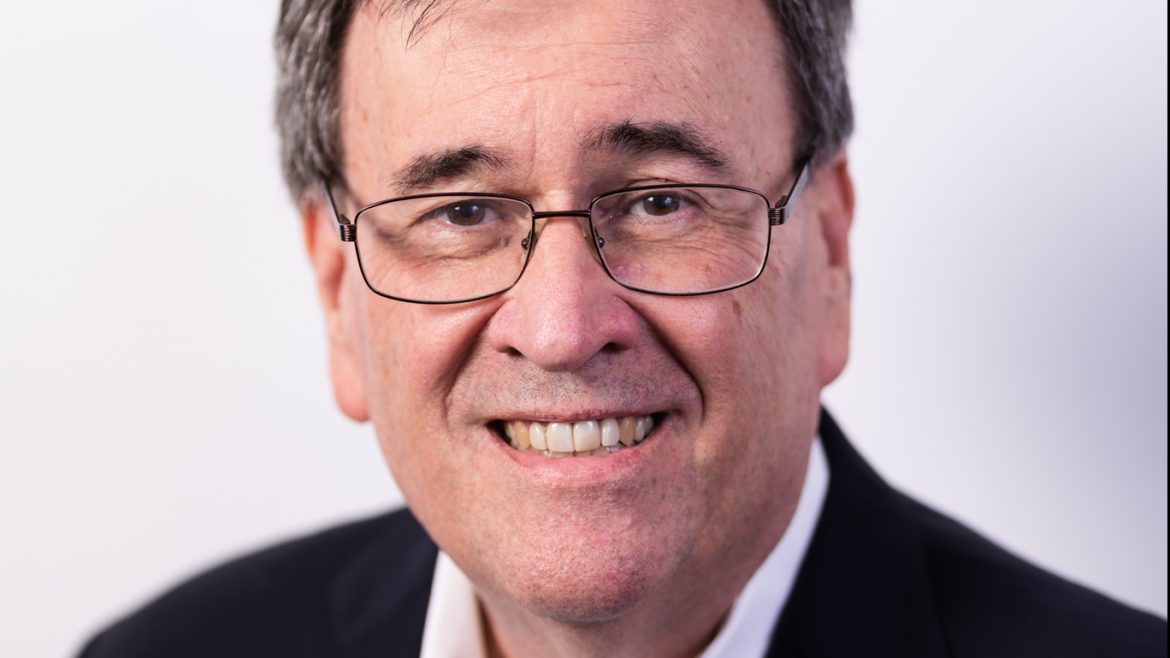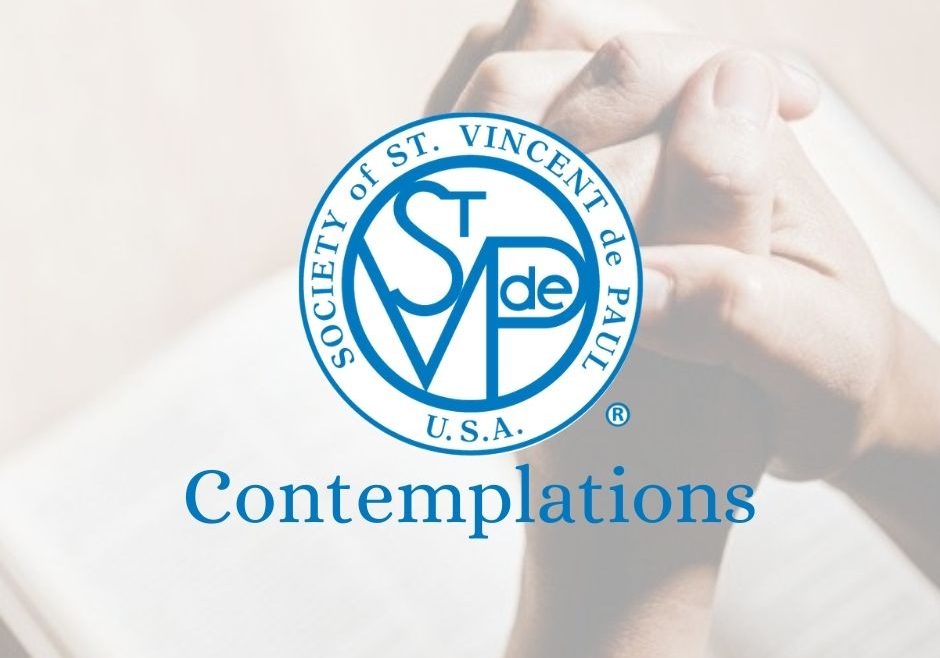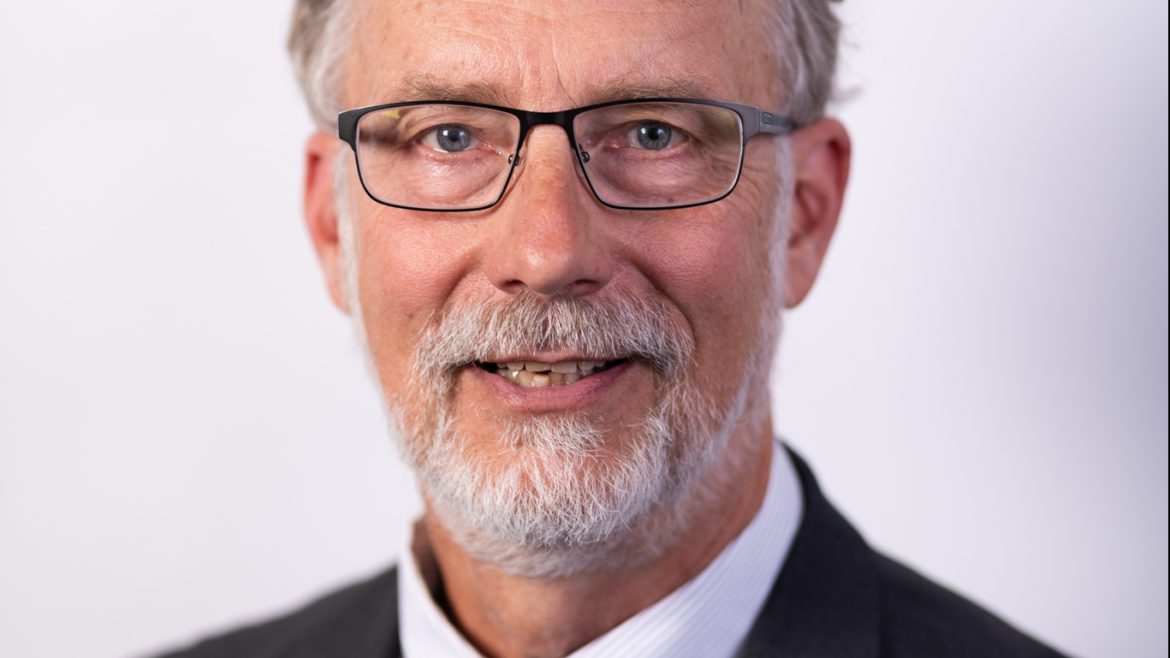With 100,000 Vincentians across the United States and nearly 800,000 around the world, the Society of St. Vincent de Paul provides person-to-person service to those who are needy and suffering. Read some of their stories here:
INTERNATIONAL:
- AUSTRALIA: Vinnies welcomes report on refugee experiences
- IRELAND: Hostel Accommodation Replaced with Apartments for Carlow’s Homeless
- IRELAND: Minister Humphreys and Minister O’Brien announce over €1.5 million to Saint Vincent de Paul and Protestant Aid
NATIONAL
- ARLINGTON HEIGHTS, IL: Arlington Heights parish to hold its first Run/Walk for the Poor Saturday
- PHOENIX, AZ: Creighton formally opens new $100M Health Sciences education building in Phoenix
- ROCKFORD, IL: Friends of the poor walk brings attention to poverty in the area
- SAN DIEGO, CA: Legacy of the late Father Joe Carroll lives on
- SUN CITY, AZ: Friends of Poor Walk strides in Surprise for those in need
Help us share the good news of the good work being done in your local Conference or Council! Email us at info@svdpusa.org with the subject line Good News.
